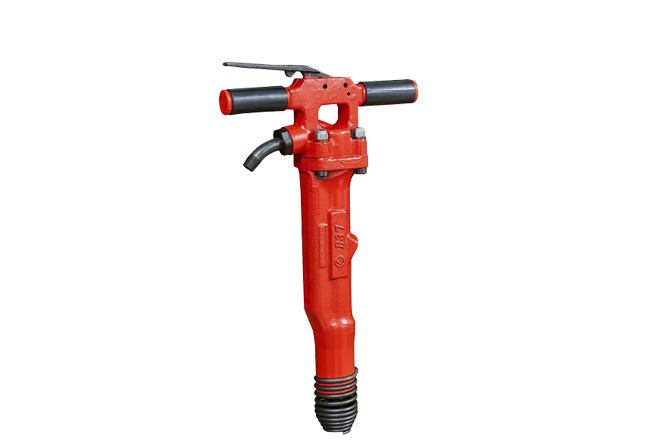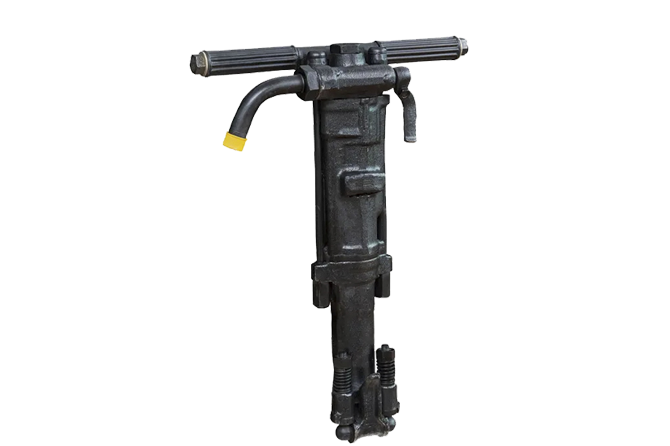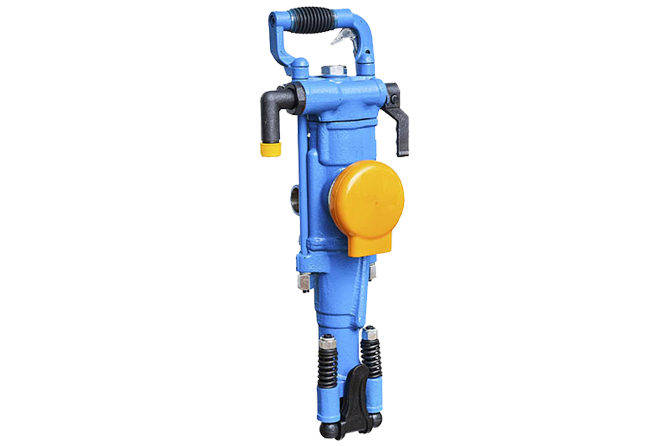If you’re looking for the ideal instrument to puncture a hole into stone, the perfect tool is a rock drill. However, when selecting the most suitable rock drill for the job, it’s a wise idea to consider several variables. Here are some helpful points to take into consideration:
1. Identifying the rock during drilling. It is necessary to distinguish types of rocks before starting the process of drilling as different rocks command different techniques. If you are uncertain about the rock in question, consult with a geologist or some individual having previous knowledge in drilling that specific type of rock.
To determine the size of the aperture to be drilled, a more intense force from the drill may be necessary, and in that case it might be smart to proceed in stages.
To determine the depth of the hole you’re about to drill, consider the strength of your drill and if drilling in stages is necessary. If the desired hole ends up being deeper than usual, you will need a tool with additional oomph in its motor.
4. Taking into account the hole’s situation. Should the opening be located in an obstructed area, your best bet is to employ a long-armed drill or one that can be operated from afar.
You’ll need the most suitable drill bit for your task; various types of bits are crafted specifically for certain materials and hole sizes.
With a quicker spin rate, the drill can make a hole more rapidly. Yet, if the intended hole is substantial or cutting through an especially difficult stone, its velocity may be too vigorous.
7. The Energy of the Drill. Skilled at bursting through solid surfaces and effortlessly drilling holes, drills with increased strength tend to make light work of difficult jobs, albeit with a steeper price tag when it comes to both energy consumption and upkeep costs.
It is important to consider the decibel level of the drill you plan on using, especially if you intend to work in an environment that requires peace and quiet. A high-volume drill can cause an unwelcome disturbance and disrupt the silence of your area.
To work through the toughest of surfaces, a heavier drill is necessary – however, this may prove to be more challenging in terms of operation compared to its lighter counterparts.
When shopping for a drill, it’s important to consider the cost. Extra features may come with a higher price tag but they may not be required to fulfill your needs.
With your needs firmly in mind, your task lies in narrowing options until you find the most perfect rock drill for your requirements.
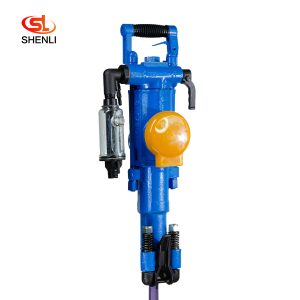
Short Description: YT29A air-legged rock drills are heavy-duty push-leg (air-legged) rock drills with low energy consumption, which are more suitable for drilling horizontal or inc […]
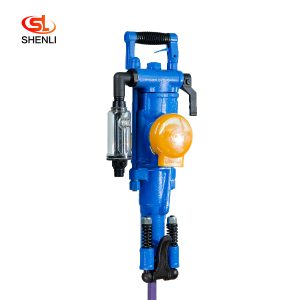
Short Description: The YT28 air-leg rock drill is a kind of high-efficiency, energy-saving and environmentally friendly rock drilling equipment. Compared with similar pneumatic pro […]
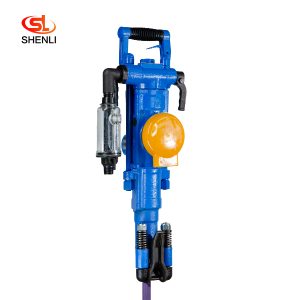
Short Description: The YT27 air-legged rock drill is a highly efficient lightweight rock drill suitable for downward or inclined drilling in medium-hard or hard (f=8 – 18) ro […]
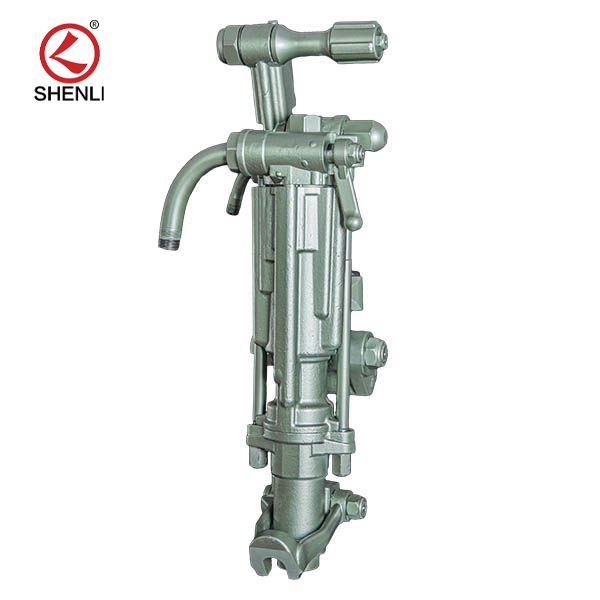
Product description: (S250 jackleg Drill) has been the preferred choice of miners who demand high performance, superior control and lasting reliability. the S250 jackleg allows ope […]
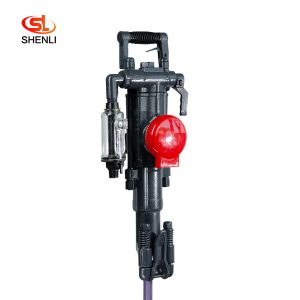
Scope of application: Model S82 air-legged rock drills are heavy-duty air-legged rock drills with high efficiency and low consumption, which are especially suitable for use in the […]
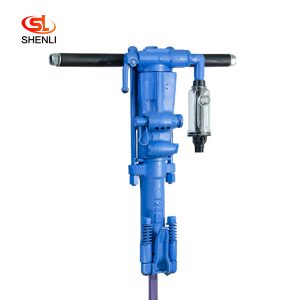
Product introduction Y26 hand-held rock drill is mainly used for drilling shell holes and secondary blasting in mines, railroads, water conservancy, and rock works, which can dry a […]
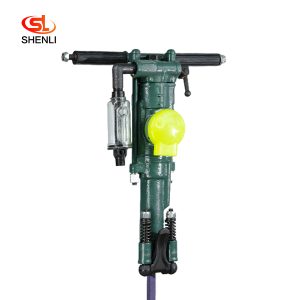
Product description: Y24 hand-held rock drill is a variant of YT24 air-leg rock drill in our factory. It has the advanced level in China and was rated as the high quality product i […]
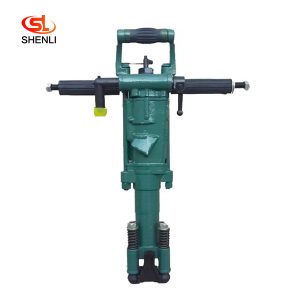
Product description: Y20LY hand-held pneumatic leg dual drill is a kind of light rock machinery, which can be used in secondary blasting in mines and quarries as well as in stone w […]
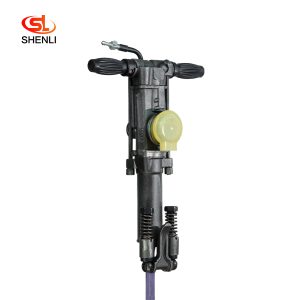
Product Description: Y18 hand – held and air – leg drill is suitable for drilling and blasting holes on soft, medium and hard rocks and W-1.5/4, W-1.8/5, W-2/5 and othe […]

